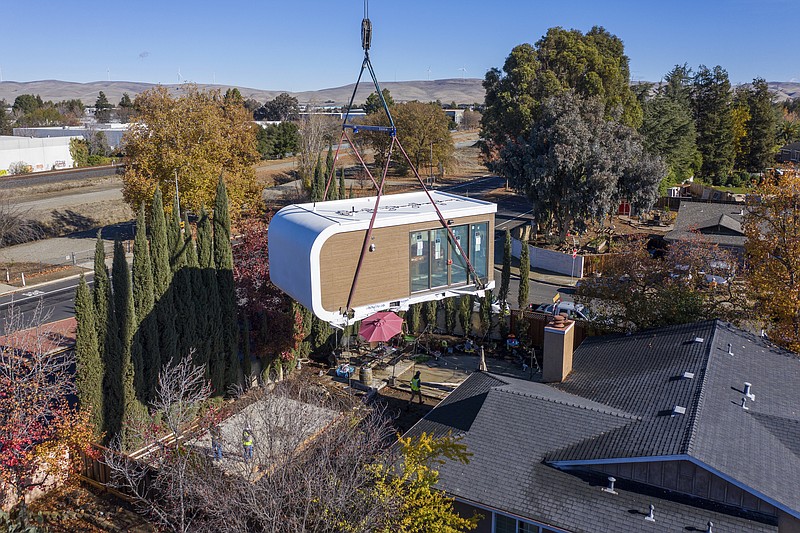A new generation of startups wants to disrupt the way houses are built by automating production with industrial 3D printers.
3D printing, also known as additive manufacturing, uses machines to deposit thin layers of plastic, metal, concrete and other materials atop one another, eventually producing three-dimensional objects from the bottom up. In recent years, 3D printers have mostly been used to create small quantities of specialized items such as car parts or prosthetic limbs, allowing consumers or businesses to produce just what they need using the machines at home or work.
Now a small number of startups around the world are applying 3D printing to home construction, arguing it’s faster, cheaper and more sustainable than traditional construction. They said these technologies could help address severe housing shortages that have led to soaring home prices, overcrowding, evictions and homelessness across the U.S.
However, 3D home construction is still in the early stage of development. Most startups in this field are developing new technologies and not building homes yet. And two of the highest profile and best-financed companies — Mighty Buildings and ICON — have delivered fewer than 100 houses between them.
To move beyond a niche market, construction firms will need to significantly ramp up production and persuade home buyers, developers and regulators that 3D printed houses are safe, durable and pleasing to the eye. They’ll also need to train workers to operate the machines and install the homes.
“To the extent that 3D printing can offer a faster, cheaper way to build even single family housing units or small units, it can address a portion of the problem,” said Michelle Boyd, who directs the Housing Lab at the University of California, Berkeley’s Terner Center for Housing Innovation. But the sheer magnitude of the housing shortage demands many types of solutions, from loosening zoning restrictions to building more high-rise apartment buildings, she said.
Proponents note that printing houses rather than nailing them together could save huge quantities of scrap wood, metal and other discarded construction materials that are dumped into landfills every year.
Backers said 3D printing reduces the need for human labor at a time when home builders are struggling to find enough skilled workers to meeting housing demand. Many construction workers left the trades after the housing-fueled financial crisis more than a decade ago, and fewer young people are entering the field.
Jason Ballard, CEO and co-founder of a 3D printing construction startup called ICON, said its 3D printing system can do the work of 10-20 workers in five or six different trades. And unlike humans, the machines can work up to 24 hours a day, saving developers time and money.
“With 3D printing, we’re able to print exactly what we need,” said Sam Ruben, the company’s co-founder and chief sustainability officer at Mighty Buildings. The process can eliminate nearly all construction waste, he said, which can add up to savings of two to three tons of carbon per housing unit.

